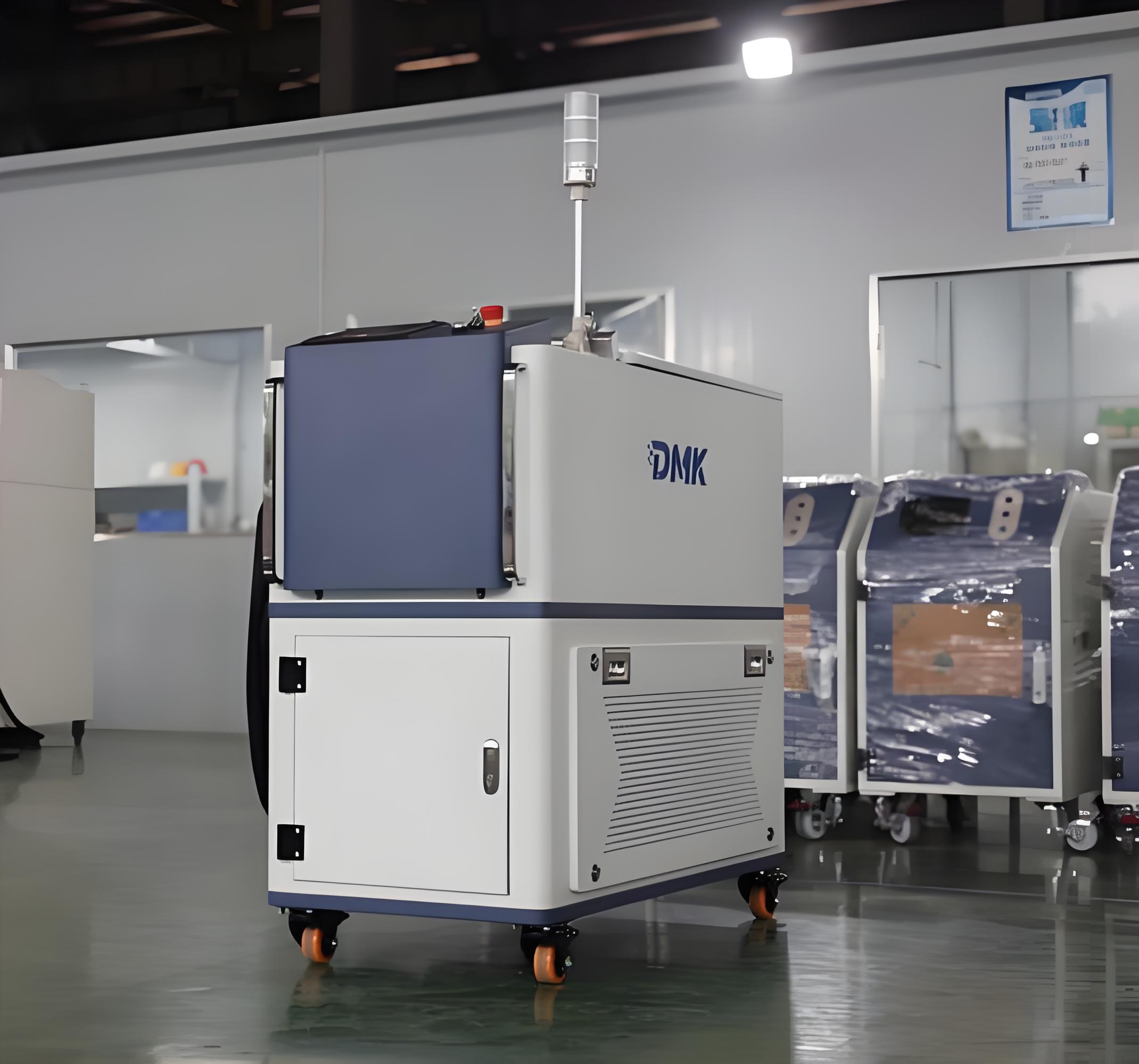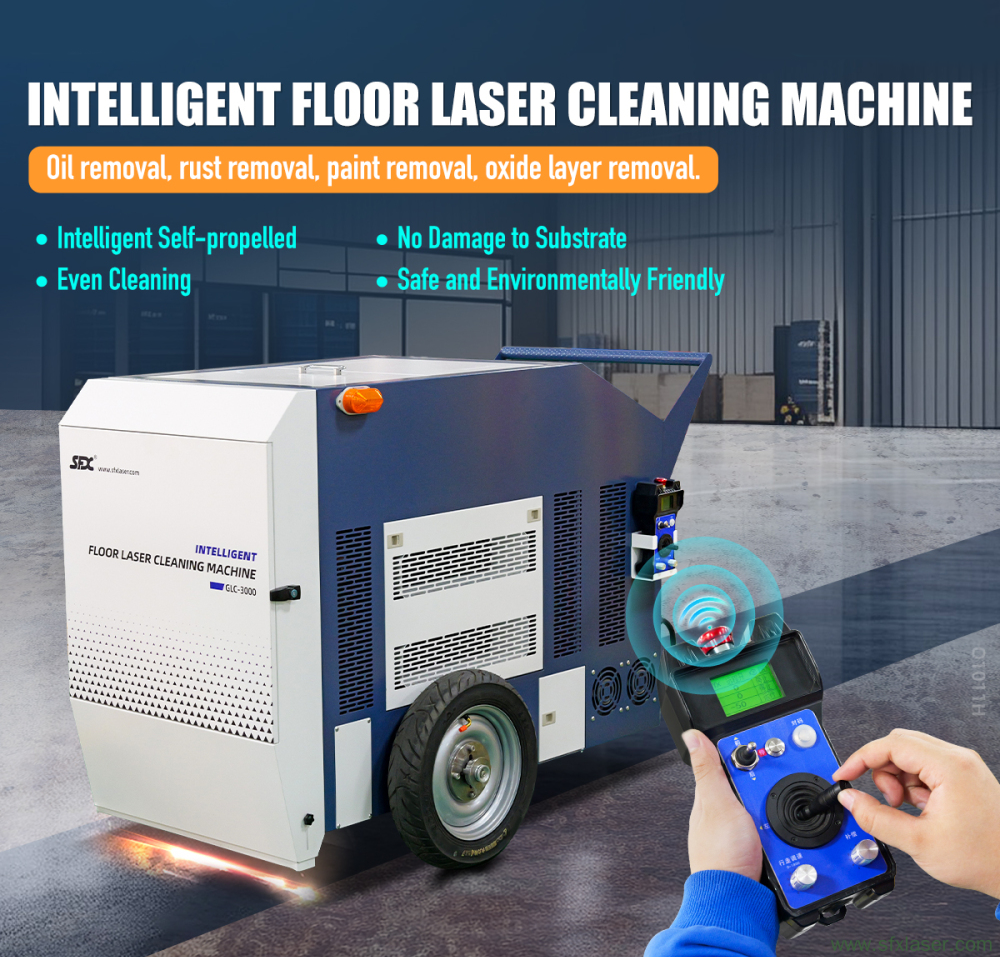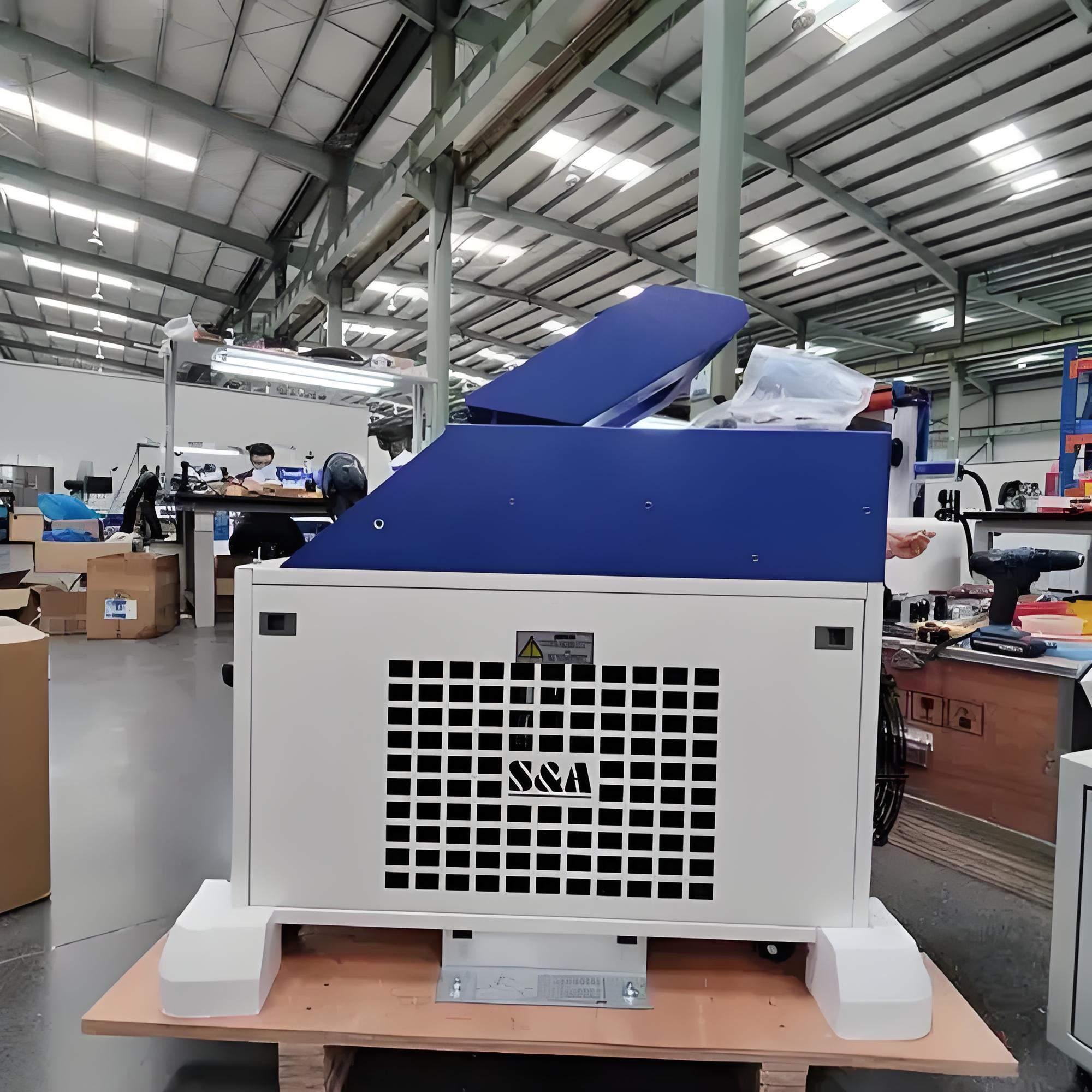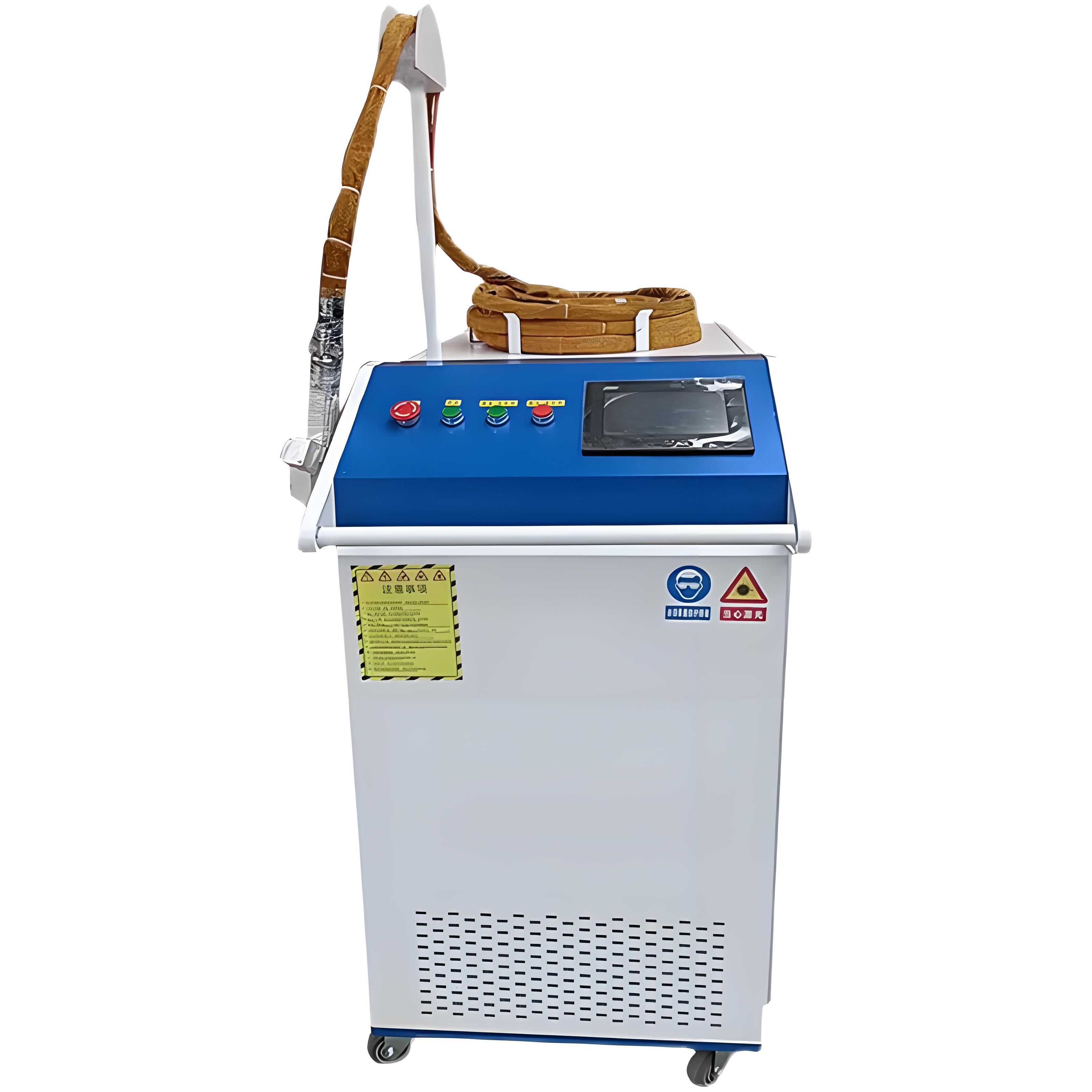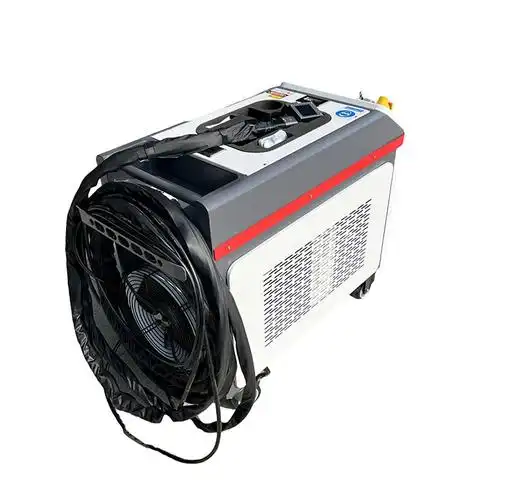When using a laser rust removal machine, there are many details to pay attention to. Today, we will discuss ten critical mistakes to avoid, covering the machine, the operator, and the operation methods.
1.Neglecting Dust Protection for the Gun Head
The cleaning gun head contains five lenses that are highly susceptible to contamination, dust, and dirt. Once contaminated, the lenses are prone to burning. In 95% of cases, lens damage is caused by dirt. Therefore, dust protection is crucial during and after use to significantly extend lens lifespan.
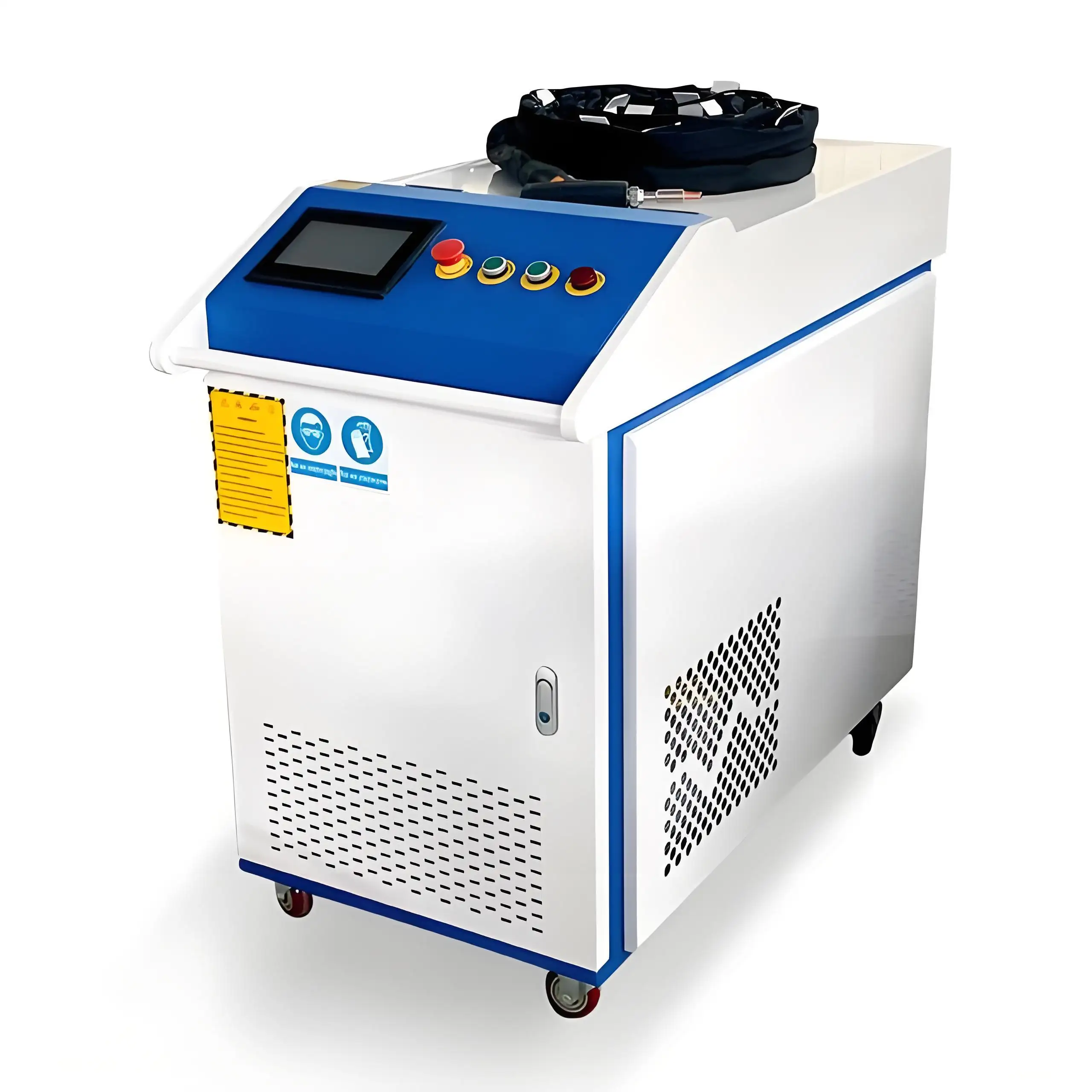
2.Using Impure Gas
During operation, the laser rust removal machine requires gas (nitrogen, argon, or compressed air), but the gas must be clean—free of water and dust. Impure gas not only fails to prevent lens contamination but actively pollutes the lenses.
3.Not Following the Correct Startup Sequence
Always follow the proper startup sequence: add water first, then connect the gas, and finally connect the power. Start the system and chiller first, allow the chiller to reach the appropriate temperature, then activate the laser. Only begin emitting light once the laser is fully operational. Never deviate from this sequence.
4.Unstable or Insufficient Voltage
The laser rust removal machine is highly sensitive to voltage. If the voltage drops below 10%, the laser will not function properly, often stopping light emission automatically and causing significant damage to the laser. When transmitting laser over long distances, always measure the voltage at the machine. If the voltage is insufficient, consider adding a voltage stabilizer.
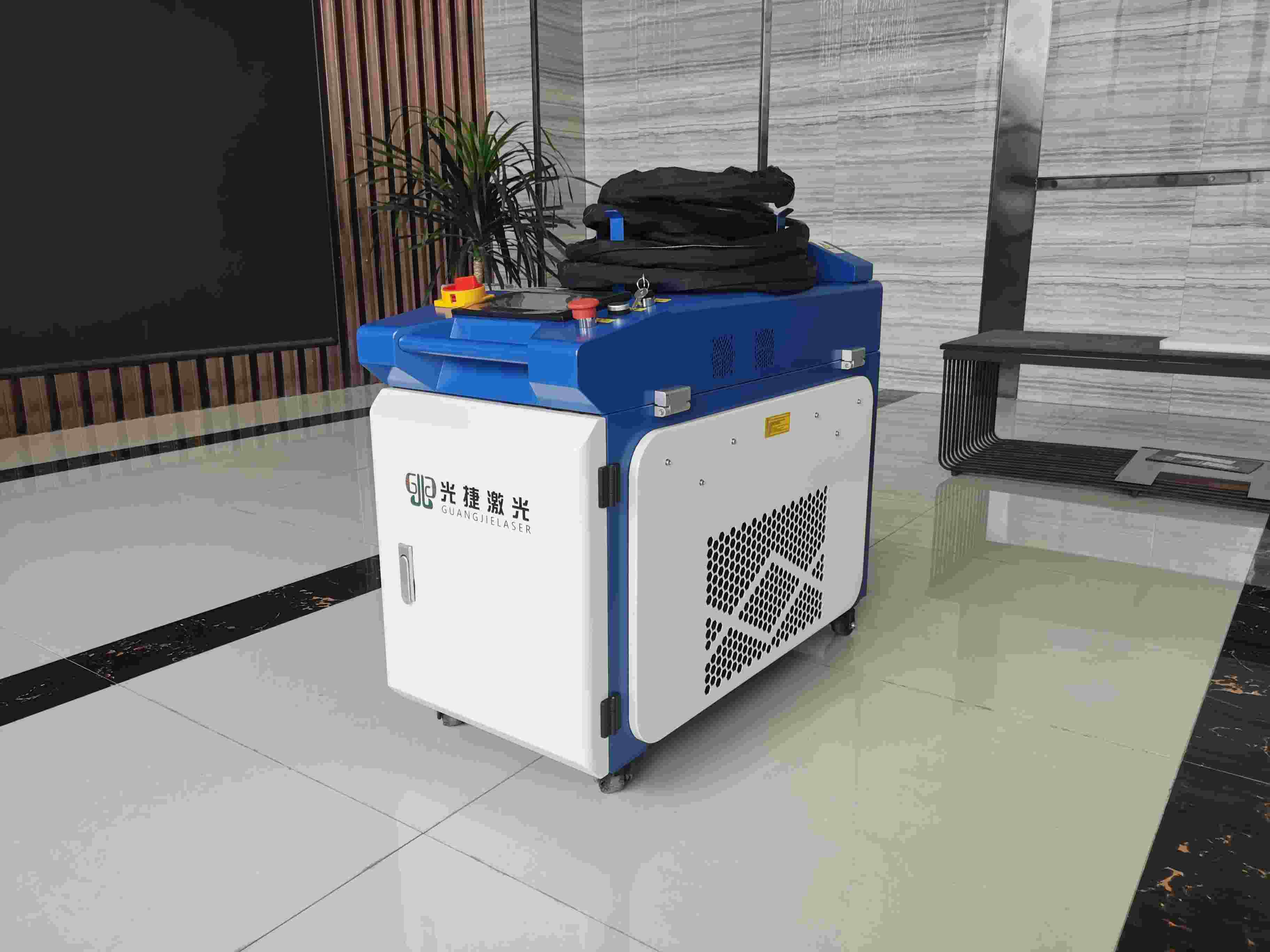
5.Excessive Bending of the Fiber Optic Cable
The匆The fiber optic cable’s bending diameter must be strictly controlled: ≥30cm during operation and ≥20cm when idle. Excessive bending can cause signal attenuation, fiber breakage, or even internal optical path leakage risks.
6.Insufficient Heat Dissipation Space
The laser rust removal machine requires significant heat exchange to dissipate heat and maintain cooling. Ensure at least 1 meter of clear space on both sides of the machine and 1.5 meters at the back.
7.Operating in a Vibrating Environment
Lasers are highly sensitive to vibrations, which can cause optical path misalignment or loosening of optical components over time. Never operate the machine in a vibrating or unstable environment. All lasers are sensitive to vibration, so ensure the machine is placed in a stable, vibration-free setting. If unavoidable, install anti-vibration measures under the machine.

8.Not Wearing Professional Protective Equipment
Laser safety goggles (compliant with GB/T 3621-2023 standards) are mandatory. This is critical, as lasers can cause irreversible eye damage. Reflected laser beams, especially when cleaning highly reflective materials, retain high energy and can cause permanent damage to the eyes in a short time.
9.Carelessly Dropping or Mishandling the Gun Head
The gun head is the most delicate part of the laser rust removal machine, containing precision components that are highly susceptible to damage from drops. Mishandling or dropping the gun head can cause optical path misalignment or lens damage, directly affecting rust removal performance and potentially causing equipment failure.
10.Using a Laser Welding Machine Gun Head as a Laser Rust Removal Machine
Laser rust removal machines are designed for high-power, long-duration operation, with much higher requirements for the laser and chiller compared to welding machines. Using a laser welding machine’s standards for rust removal can lead to issues such as unstable operation, rapid power decay, and short continuous operation times.

